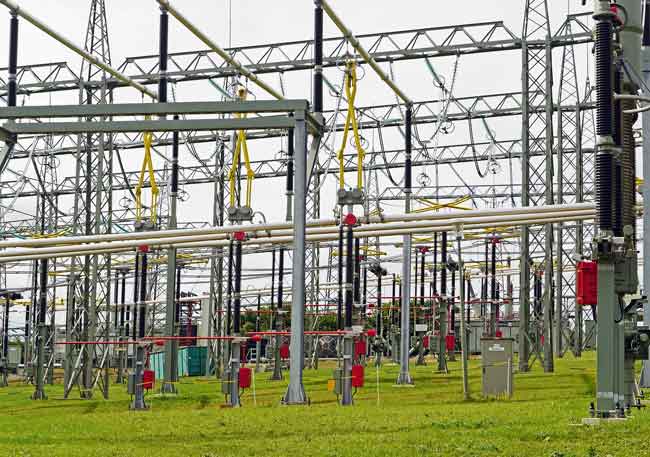
California aims to transition its power system to 100% carbon-free sources by 2045, ensuring a reliable electricity supply at reasonable costs for consumers. Rothleder, aware of the task's enormity, likens it to a complex car repair performed while the vehicle is in motion.
Recent achievements have demonstrated California's ability to temporarily sustain its grid using clean energy sources. According to Rothleder, the real challenge lies in maintaining this performance round the clock, every day of the year.
Adding thousands of megawatts of renewable energy into California’s existing 50-gigawatt system, which needs to expand to 120 gigawatts to meet the 2045 goal, poses a significant challenge. CAISO estimates that an addition of 7 gigawatts of clean power per year for the next two decades is necessary, all while ensuring uninterrupted power delivery.
While natural gas currently constitutes California's largest single source of power, Rothleder notes the need to gradually decrease reliance on it, even as it remains an operational necessity in the transition phase.
In 2023, CAISO added 5,660 megawatts of new power to the grid, with plans to integrate over 1,100 additional megawatts in the next six to eight months of 2024. Battery storage, crucial for mitigating the intermittent nature of wind and solar power, has seen substantial growth, increasing 30-fold in three years.
Rothleder emphasizes that electricity reliability is paramount, as consumers always expect power availability. He also highlights the potential of offshore wind projects to significantly contribute to California's power mix by 2045.
The offshore wind industry faces financial and supply chain challenges despite these plans. CAISO’s 20-year outlook indicates a significant increase in utility-scale solar, requiring extensive land use.
Addressing affordability is vital, especially as California residents face increasing utility bills. Rothleder suggests a broader energy cost perspective, encompassing utility and transportation expenses.
Despite smooth grid operations in 2023, challenges in previous years, including extreme weather-induced power outages, underscore the need for a robust, adaptable grid. California imports about a quarter of its power from neighbouring states and participates in the Western Energy Imbalance Market, which has yielded significant savings.
CAISO is also working on establishing an extended day-ahead electricity market (EDAM) to enhance the current energy market's success.
Rothleder believes that a thoughtfully designed, diverse power system can offer greater reliability and resilience in the long run. A future grid reliant on multiple, smaller power sources could better absorb potential losses, ensuring a more reliable electricity supply for California.